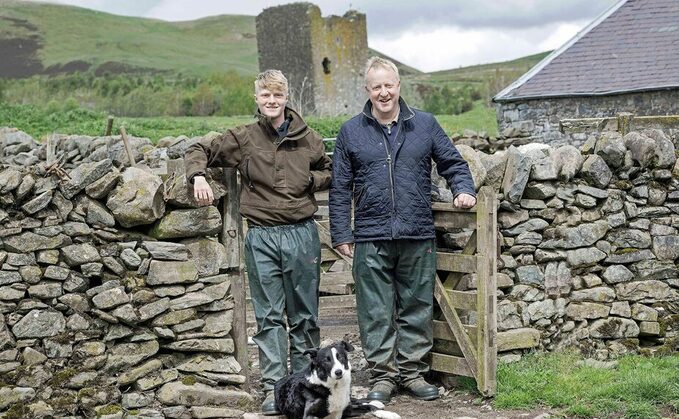
Selkirkshire pedigree sheep and cattle breeder Alan McClymont will be a familiar face to many in the show and sale rings and this month he will take on the task of judging the Galloway section at the Royal...

Selkirkshire pedigree sheep and cattle breeder Alan McClymont will be a familiar face to many in the show and sale rings and this month he will take on the task of judging the Galloway section at the Royal...